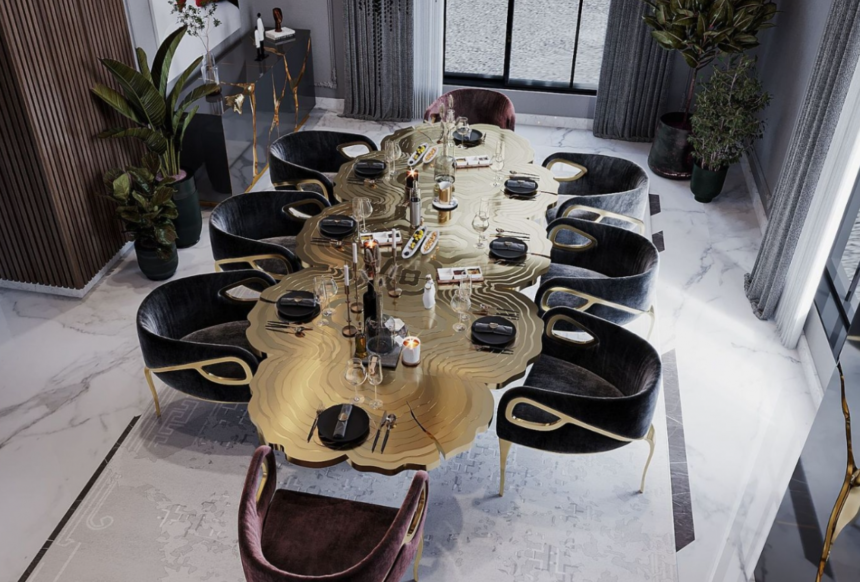Regarding restaurant design, each component is essential since it influences the entire eating experience. Every element, from the décor to the lighting, works together to provide customers with a unified and welcoming atmosphere. The size and form of tables stand out among these essential aspects that can significantly influence a guest’s comfort, social interaction, and overall happiness. This article examines the significance of table form and size in restaurant design and how these elements affect the patron experience and operational effectiveness.
TABLE SIZE
The dimensions of restaurant tables significantly influence patrons’ comfort and the restaurants’ operational effectiveness. Achieving the ideal balance between these two factors is essential to delivering a satisfying dining experience and optimizing income.
1. COMFORT AND PERSONAL SPACE
The comfort and personal space of diners are among the main factors considered when deciding on table size. Small tables may make dining uncomfortable and claustrophobic, making it challenging to move around and reducing the pleasure of the meal as a whole. Conversely, large tables make attendees feel isolated and make it difficult for them to mingle and converse with one another at the table.
2. GROUP SIZE AND FLEXIBILITY
Restaurants frequently serve a variety of group sizes, from considerable groups to lone diners. As a result, having a range of table sizes gives you more freedom to accommodate various guest arrangements. Larger tables are necessary for gatherings and special events, while smaller tables are perfect for solitary diners or intimate eating. Furthermore, offering choices like modular sets or community tables can improve flexibility even more by enabling tables to be divided or joined as needed.
3. OPERATIONAL EFFICIENCY
Another critical factor in a restaurant’s operational effectiveness is table size. Meeting demand during peak hours and maximizing income requires optimizing the arrangement to maximize seating capacity without sacrificing comfort. A smooth eating experience is enhanced by servers being able to walk around freely and react to customers’ needs quickly when there is adequate space between tables.
TABLE SHAPE
Apart from dimensions, the form of restaurant tables significantly impacts the social exchange between patrons and enhances the area’s overall appeal. The various table forms enhance a restaurant’s ambiance and functionality, each of which offers certain advantages and considerations.
1. ROUND TABLES
Dinner tables shaped like circles are known for encouraging intimate communication among guests. Guests seated at circular tables may easily converse and connect with one other since there are no sharp edges or corners to create boundaries. This arrangement works exceptionally well for small to medium-sized gatherings and is frequently preferred at expensive restaurants and fine dining facilities.
2. RECTANGULAR TABLE
Due to its efficiency and adaptability, rectangular tables are a standard option in many eateries. They may be readily pushed together or apart, making them suitable for small and big gatherings. Additionally, rectangular tables maximize available space, particularly in long, narrow dining spaces, enabling establishments to increase the number of seats while maintaining customer comfort.
3. SQUARE TABLE
Square tables are appropriate for dining since they mix intimacy and space economy. They provide a comfortable environment facilitating smooth discussion, making them ideal for small groups or couples. Square tables may be set up in a variety of ways. For example, you can combine many squares to create more extensive community tables or arrange them separately for more intimate dining experiences.















